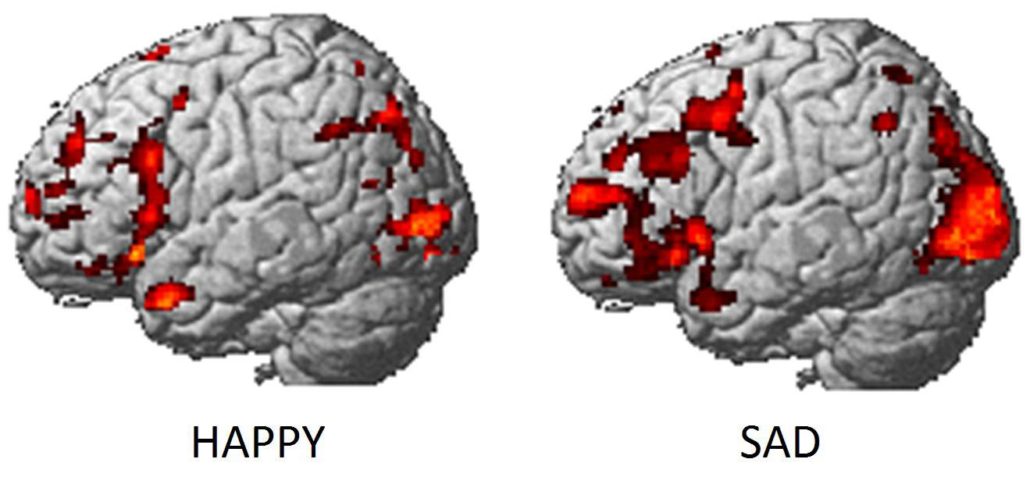Anxiety and love are connected. Logic, as we think of it in the Western sense, is often prized above love, when love is thought of as an emotion that lacks intellect. Yet love, which is comprised of all six innate identified emotions (recognized and verified via social science the world over): fear, anger, happiness, sadness, surprise, and shame, is exquisite in its logic of self protection. We are designed by evolution to seek connection for survival and much research on attachment theory has verified this. So what happens when our sense of attachment with our partner feels threatened and we start to feel anxious?

We can actually look at the brain to find this out. Social science and the ability to verify reactions in the brain have come a long way baby. The functional MRI (fMRI) has seen to that. Not only are the main emotions well identified, but we also now know how they light up the brain. We know how our brains process emotions; the neural pathways are visible on fMRI images. Here are a couple that just show a brain registering “happy” and “sad.”

Anxiety and Love Triggers
First there is a trigger. Anything from a beautiful rainbow to the smirk on your lover’s face. This cue enters the brain via the thalamus, which acts like your brain’s switchboard. When you feel anxious, it quickly relays this message to the correct part of the brain. If immediate action is required, the message goes directly to the amygdala. This would be something like the need to escape from a burning building where your life is at stake. If there is no immediate danger in this assessment, the message takes a longer route to your frontal cortex to assess the exact meaning of the perceived threat.
Finally, some course of action emerges, and the body responds. The entire process is recorded in less than 300 milliseconds, less if the body registers serious, immediate danger. You prepare for fight, flight or freeze. Alternately, you might choose a slower reaction involving suppression of a negative emotion or active reappraisal of the event or cue that started the whole process. The idea that this much logic goes into the assessment is relatively new in our thinking about the emotions. But it has powerful implications.
What are the implications?
Research by James Gross, Stanford University, demonstrates that suppression of negative emotions causes more stress and is actually “contagious” in that the other partner picks up the tension and literally feels it in their body. It tends to exacerbate relationship difficulties, particularly for the partner who feels the attachment connection is weak or broken. This is the exact opposite of what much Western thinking dictates, that controlling and suppressing our negative emotions is the optimal way to handle the situation. An additional unfortunate effect of taking this approach is that you will become unable to to see emotional cues from your partner, causing more misinterpretation of situations as time goes on. This often leads to big, ugly, frequent fights.
I am not advocating at all that you instead choose to blow your stack or lash out when upset. Instead, first name your emotion(s). This will have an initial calming effect on you. Identifying what you are feeling will slow the anxious dance of conflict down. Anxiety and love are as interconnected as the emotions in your brain. It is the start of regulating them effectively. Getting a bit of distance on the situation allows the start of active reappraisal. And that approach yields positive, long lasting results.
More on that next week!
Resource for more on this topic: Love Sense by Dr. Sue Johnson, 2013










